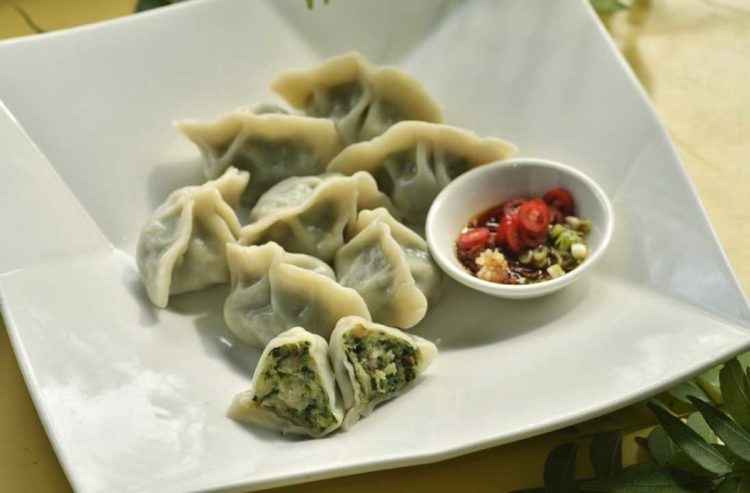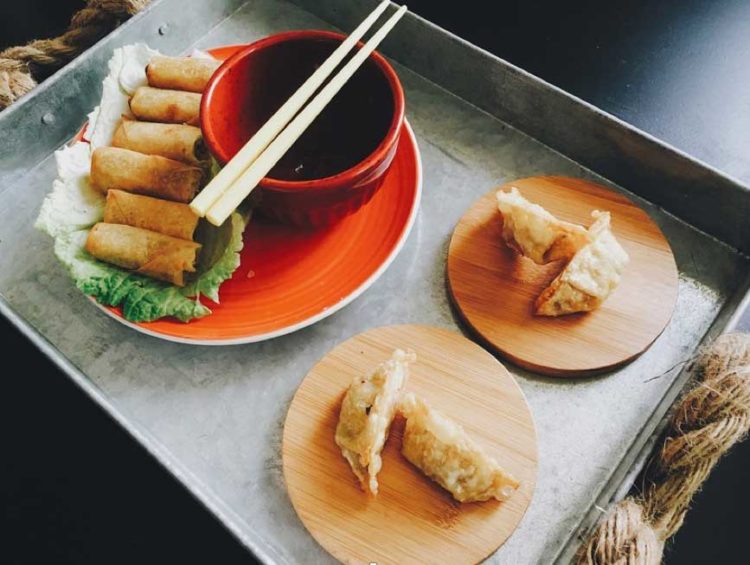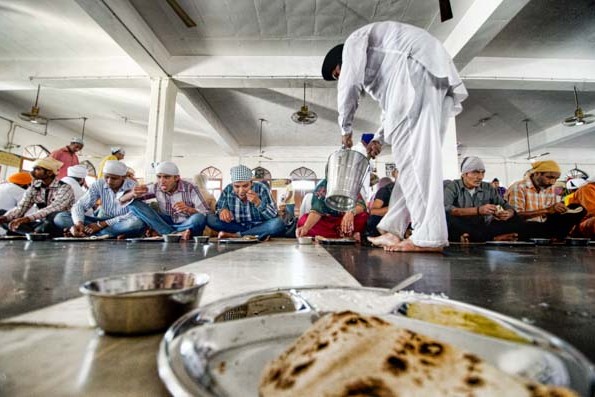A NOTE FROM GREG: Chinese dumplings?! Yes please! These tasty treats are one of my all-time favorite sides at a Chinese restaurant. But did you know that they are actually a part of traditional Chinese medicine? Here to tell us all about it is my friend Michael …
. . .
Whilst every country has their version of the dumpling, the Chinese dumpling is a renowned comfort food the world over. There is barely a Chinese restaurant that which doesn’t serve the squashy balls of goodness. You can enjoy them steamed as a snack or side dish or as part of a warming soup. They can be filled with anything you wish, and there’s no greater joy than biting into a hot dumpling to discover which filling you might be eating.
The origin of the Chinese Dumpling
The story of the origin of the dumpling can be traced back to the Eastern Han Dynasty over 1800 years ago, when Zhang Zhongjing, a doctor, returned to his hometown to discover that all of its inhabitants were frostbitten. He wrapped mutton, chili, and some medicinal herbs in dough skin before boiling and feeding the dumplings to the villagers.
Chinese medicine has long been renowned for the natural healing properties it finds in foods and herbs, and, on this occasion, all of the ingredients used in Zhang’s recipe contained properties that could increase blood flow and help to raise the body’s core temperature. Nowadays, we don’t have to wait for a doctor to return to our village to feed us dumplings, as the rise in great restaurants serving dumplings means that you don’t necessarily have to travel to China to try something authentic.

Jiaozi and Potstickers
In China, the dumplings are a symbol of warmth and home, and, in winter, dumplings are a must. They’re referred to as “jiaozi” for the shape, which looks like an ear. They are often eaten as part of a meal and can be served as the last course in a meal; they’re also served by street side vendors.
As time has passed, variations of jiaozi have emerged, with ‘potstickers’ being a favorite among those who head out for dim sum. It is rumored that potstickers were invented when an Emperor’s cook, making dumplings for his emperor, burned the dough and, having no time to make anymore, he served them to the Emperor. To his delight, the Emperor loved them, and they have become a staple of Chinese cuisine.

Dumplings and Jiaozi – a family tradition
When it comes to the perfect filling, every family has their own recipe. You could choose from meats such as pork and chicken; seafood such as shrimp; and you can pack it with any vegetable you wish. There is one constant though: seasoning. It is so important to season your dumplings to enhance and lock in all of the great flavors of the fillings.
The vegetables you use are important, as you want to use complementary flavors to your meats. Try a pork and scallion filling for a punch of flavor. If you like chili, you could experiment with spice in your filling, just as Zhang did when he first invented the dish.
Dumplings are a traditional dish and some may claim that the basic recipe is not to be messed with. However, since every family around China has their own recipe for dumplings, it seems safe to play a little with the recipe and experiment with flavor. Whilst the obvious choice is to change the fillings, you could try flavoring your dough with spices to add an extra dimension to the dish.
There’s no excuse not to make your own dumplings, as they’re incredibly easy to make and are perfect for any occasion. Whether you choose to stick with tradition or stray from the path already followed – it’s up to you!
EXPLORE SOMEWHERE NEW
BUY A PRINT
All photos on this site are available as limited edition fine art photographic prints. Please get in touch for sizes and rates.




